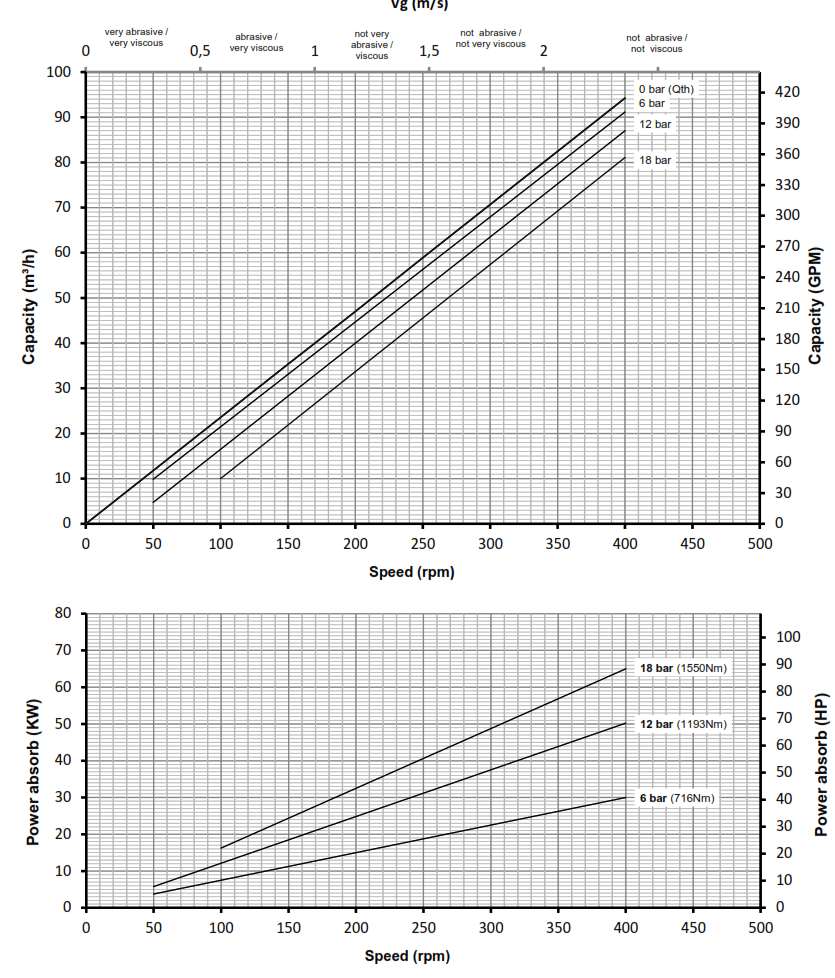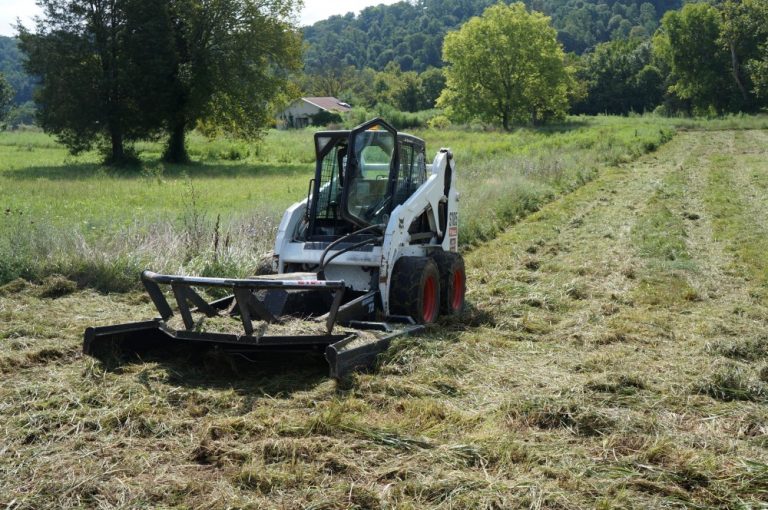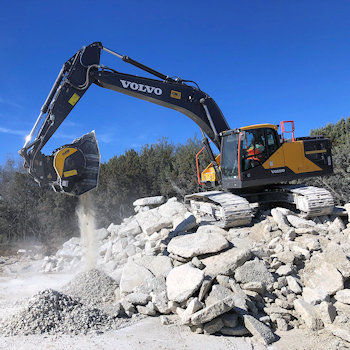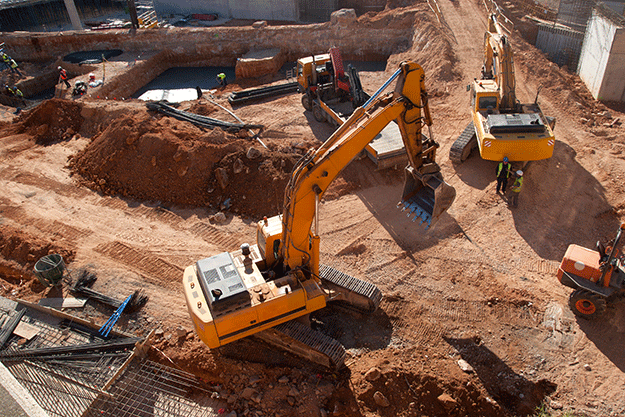What Is A Progressive Cavity Pump?
Progressive cavity pump curve
Progressive cavity pump is a type of positive displacement pumps, also known as single screw pump, eccentric screw pump, cavity pump, helical rotor pump, and PC pump. It relies on the mutual meshing of screw and liner to produce volume changes in the suction and discharge chambers to transport liquids. Often used in heavy duty industries, progressive cavity pumps are capable of handling high viscosity sludge and slurries, ensuring low shear handling and accurate and repeatable pulsation-free flow rates.
How Does Progressive Cavity Pump Work?
It is a kind of internal meshing closed screw pump, the main working parts are composed of the liner (stator) with double-ended helical cavity and the single-ended helical screw (rotor) meshing with it in the stator cavity.
When the input shaft through the universal joint to drive the rotor around the center of the stator for planetary rotation, the stator – rotor vice will be continuously engaged to form a sealed cavity, these sealed cavity volume is unchanged for the uniform axial movement of the conveying medium from the suction end of the stator – rotor vice conveying to the end of the pressure out of the inhalation of the media into the closed chamber of the media flow through the stator without being stirred and destroyed.
Progressive Cavity Pump Parts
The main components of the progressive cavity pump are discharge chamber, rotor, stator, universal joint, intermediate shaft, suction chamber, shaft seal and bearing housing components.
Rotor
The rotor is the key component of a progressive cavity pump, also known as a screw. It is a cylindrical shaft paired with helical threads around it, which can generate strong suction and discharge pressure as it rotates. The shape and size of the rotor varies according to the different types of pumps and working conditions.
Stator
The stator is a supporting part of the rotor, which is usually in the shape of a tube and fixed in the case of the pump. When the rotor rotates inside the stator, the inner surface of the stator and the surface of the rotor closely fit together to form a closed chamber, thus generating strong suction and discharge pressure.
Casing
The case is the shell of the single screw pump, supporting and protecting the rotor and stator and other internal components. It is usually machined from cast iron or steel plate with good strength and corrosion resistance.
The above three are the basic parts, their role is to ensure the normal operation of the pump, improve the service life and efficiency of the pump.
Progressive Cavity Pump Design And Curve

The design structure of the progressive cavity pump is characterized by simplicity and compactness. It mainly consists of pump casing, screw, bearings, seals and transmission devices. The pump casing is usually made of cast iron, stainless steel or other corrosion-resistant materials with good sealing and rigidity. The screw is in the shape of a single helix and forms a sealing working chamber by cooperating with the inner surface of the pump casing. The screw is usually made of stainless steel or hard alloy with high wear and corrosion resistance. Bearings are used to support and position the screw to ensure its proper operation. The selection of seals is very important to ensure the sealing performance and working efficiency of the pump. The transmission can be a motor, gearbox or other transmission device for driving the rotation of the screw.
The progressive cavity pump performance curve is linear, indicating the ability of the unit to handle liquids of different viscosities, which has little effect on the pump performance, with the flow rate being proportional to the speed.
Characteristics Of Progressive Cavity Pump
Advantages
High self-priming capacity, can transport liquids containing solid particles, commonly used in sewage installations to transport wet sludge, etc.
The flow rate does not change with the change of pressure head, but only depends on the size and speed of moving parts.
The rated discharge pressure is not directly related to the rotational speed and size of the moving parts, and is mainly restricted by the sealing performance, structural strength and the power of the prime mover.
Simple structure, few parts, easy to disassemble.
Pump internal leakage loss is small, so the pump efficiency is high.
Disadvantages
The pump is more demanding in terms of machining and assembly.
The pump is very sensitive to changes in the viscosity of the liquid.
The pump body produces violent vibration and noise when working.
PUMPVV Progressive Cavity Pump
PMV Pump Manufacture Co., Ltd was founded in 2003, is a professional pump enterprise integrating research, development, production, sales and service. Our production equipment, pump performance test, product testing methods are complete. Our main products are: Chemical mixed flow pump, stainless steel submerged pump, HY type submerged pump, under high temperature and sulfur acid pump, slurry pump, fluorine plastic alloy under submerged pump, chemical centrifugal pump, no seal self-control self-priming pump, self-priming pump, stainless steel corrosion resistant mortar pump, CZ type chemical process pump, ZA, ZAO petroleum chemical process pumps, submersible pumps, solar pumps, deep well pump, vertical multistage pump, ZM, Z ML slurry pump, diaphragm pump, vacuum pump, YL vertical long shaft pump and other industrial pump products, our diversified and high quality products can meet various demands in the fields of construction, mining, environment protection, pharmacy, biology, chemical industry, food, dairy, beverage, petroleum, metallurgy, power generation, urban construction and agricultural irrigation,etc.



